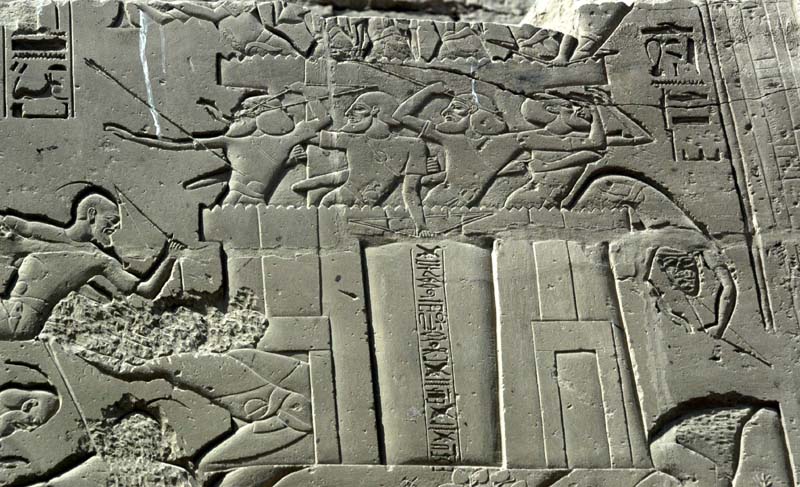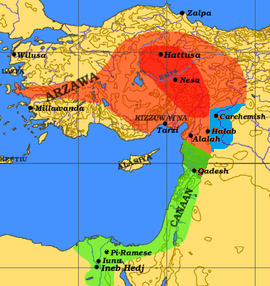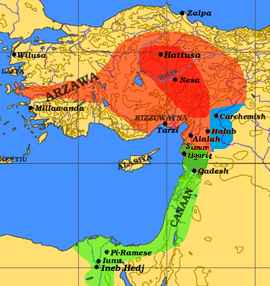Intro


"That vile town of Kadesh." Detail from the War scenes. On the ramparts of the citadel, the citizens despair in the face of defeat.
- Source: The Karnak Great Hypostyle Hall Project
1284 BC
Year 4 King of Upper and Lower Egypt, Menmatre. 3rd month of the second season, day 4.
Lo, his majesty was in Djahi[1] on his third victorious campaign. His majesty proceeded northward, and he then arrived at the highland of Kadesh. Then his majesty crossed over the channel of the Orontes.
When his majesty reached the city, behold, the wretched, vanquished chief of Kheta had come, having gathered together all countries from the ends of the sea to the land of Kheta, which came entire: the Naharin likewise, and Arvad, Mesa, Keshkesh, Kelekesh, Luka, Kezweden, Carchemish, Ekereth, Kode, the entire land of Nuges, Mesheneth, and Kadesh. He left not a country which was not brought together with their chiefs who were with him, every man bringing his chariotry, an exceeding great multitude, without its like. They covered the mountains and the valleys; they were like grasshoppers with their multitudes. He left not silver nor gold in his land but he plundered it of all its possessions and gave to every country, in order to bring them with him to battle.
Behold, the wretched, vanquished chief of Kheta, together with numerous allied countries, were stationed in battle array, concealed on the northwest of the city of Kadesh.
Behold, the wretched vanquished chief of Kheta was stationed in the midst of the infantry which was with him, and he came not out to fight, for fear of his majesty.
In the land of Kadesh, land of Amor his majesty marched against them like a fierce-eyed lion, making them carcasses in their valleys, overturned in their blood like those that exist not. Everyone that escapes his fingers says: 'His might toward distant countries is the might of his father Amun, who hath assigned to him a victorious valor in the countries'.
He causes to retreat the princes of Kheta, he returns with the choicest items their country has to offer.
[1] Djahi – Canaan, modern Palestine
***
I ascribe to the theory that Seti I ruled for nine years, as evidenced by the urns in his grave. Since we know Ramesses II’s ascension took place in 1279 BC, this means Seti I ascended in 1288 BC and not 1290 BC.
This is the POD. The little-known battle of Kadesh during Seti I’s rule is a decisive victory for the Egyptians. Obviously, the better known battle under Ramesses II is butterflied away.
Last edited:



